Scientists led by Dr Claire Durrant (UK DRI at Edinburgh) have used living human brain tissue to show for the first time how a toxic form of a protein linked to Alzheimer’s can stick to and damage synapses, the connections between brain cells.
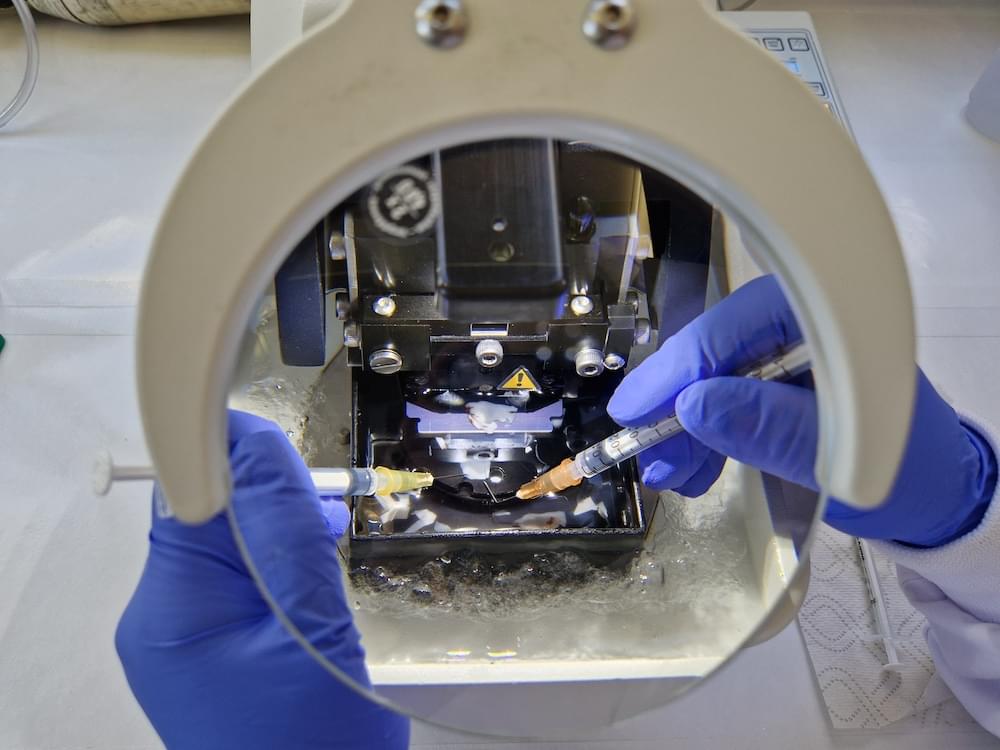


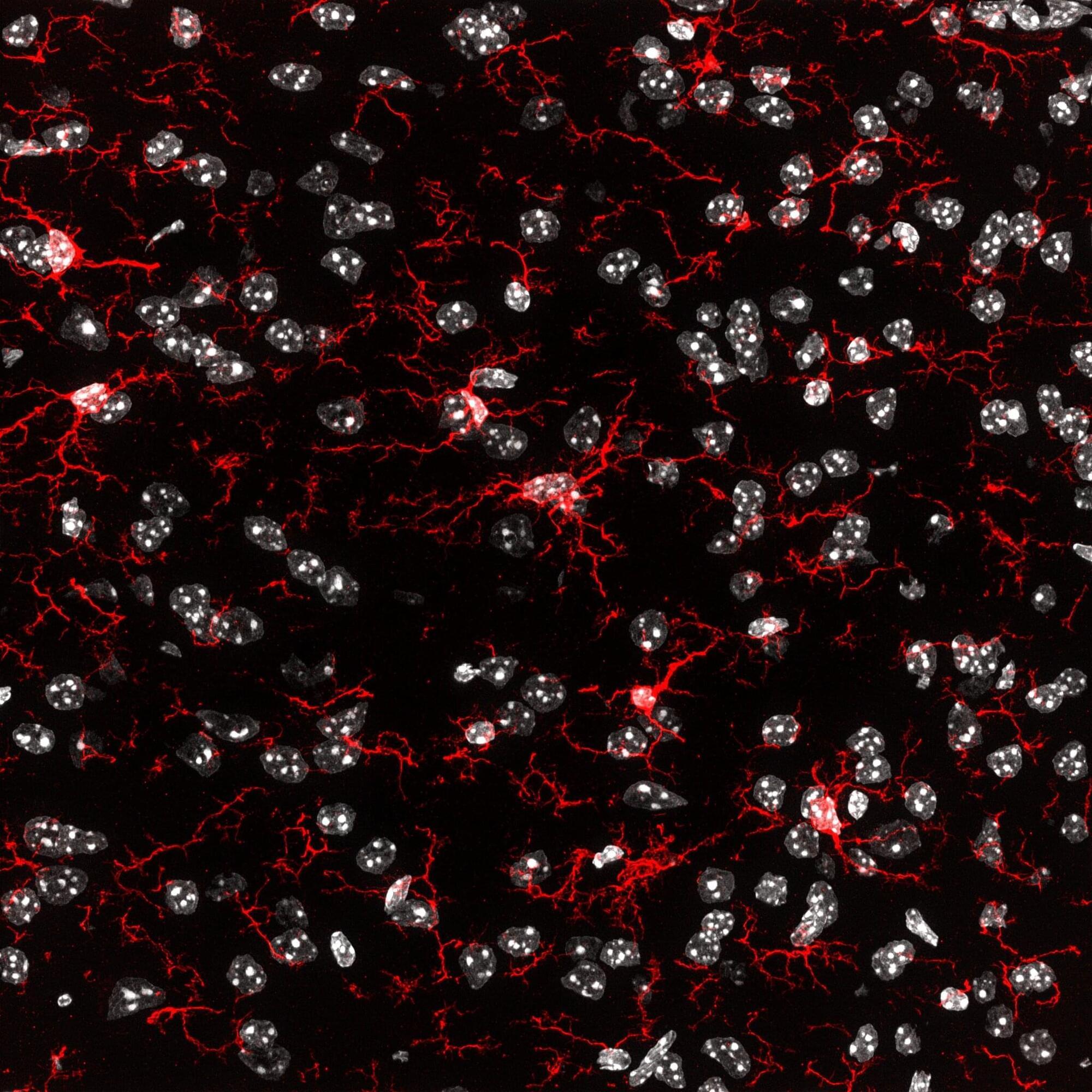
An international research team led by Professor Kiavash Movahedi from the Brussels Center for Immunology at the Vrije Universiteit Brussel has published unexpected results in the journal Immunity. Their study sheds new light on the possibility of effectively replacing defective microglia—the brain’s immune cells—marking a potential breakthrough in the treatment of neurodegenerative diseases such as Alzheimer’s and Parkinson’s.
Microglia are essential for healthy brain function. Defective microglia are increasingly linked to the development of neurodegenerative disorders.
“Microglia are unique,” says Prof. Movahedi. “They originate early in embryonic development and maintain themselves throughout life without being replaced by new cells from the blood. That makes them special, but also vulnerable.”
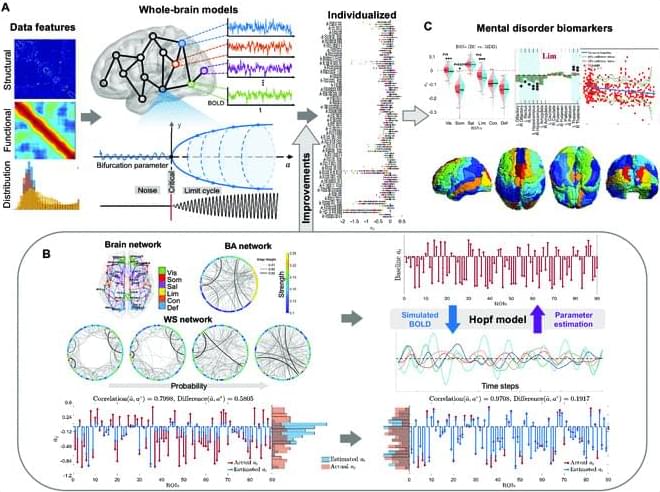
The Hopf whole-brain model, based on structural connectivity, overcomes limitations of traditional structural or functional connectivity-focused methods by incorporating heterogeneity parameters, quantifying dynamic brain characteristics in healthy and diseased states. Traditional parameter fitting techniques lack precision, restricting broader use. To address this, we validated parameter fitting methods using simulated networks and synthetic models, introducing improvements such as individual-specific initialization and optimized gradient descent, which reduced individual data loss. We also developed an approximate loss function and gradient adjustment mechanism, enhancing parameter fitting accuracy and stability.
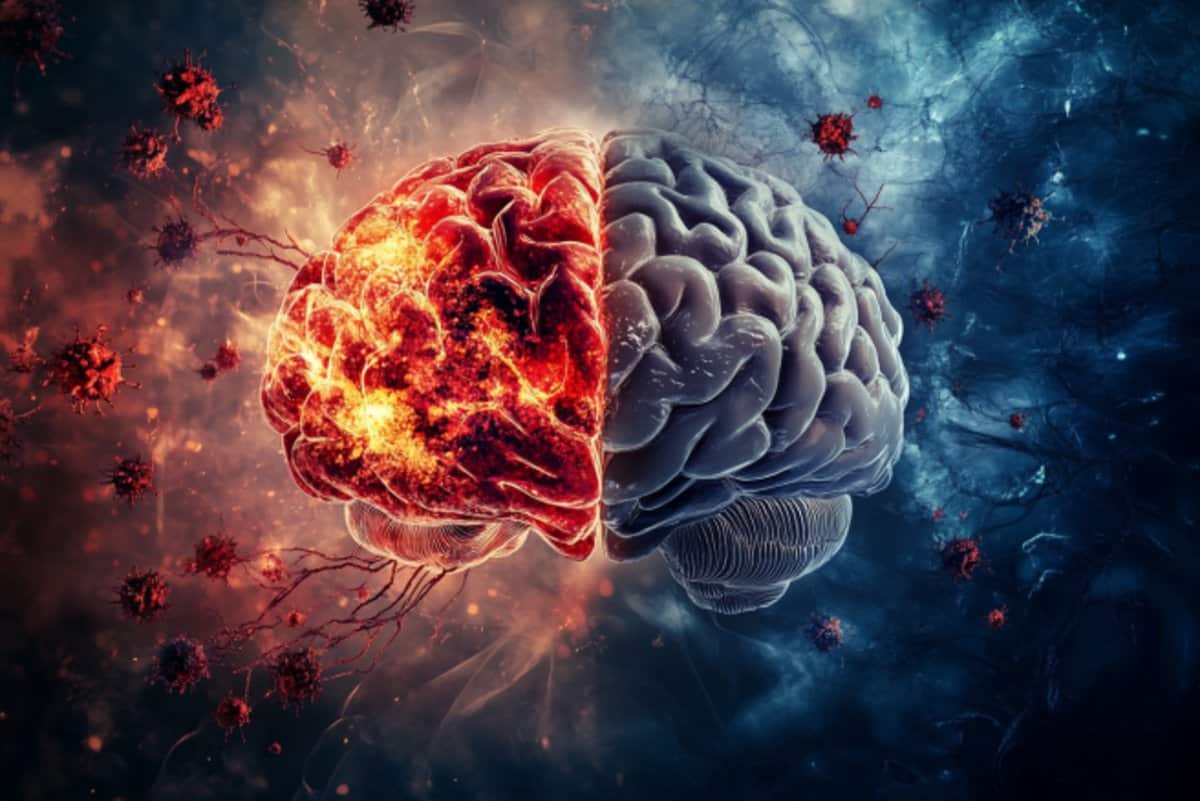
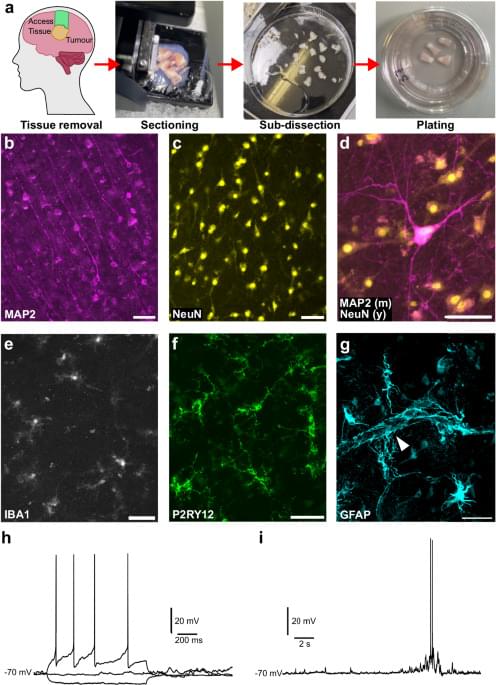


The ability to quickly recognize sounds, particularly the vocalizations made by other animals, is known to contribute to the survival of a wide range of species. This ability is supported by a process known as categorical perception, which entails the transformation of continuous auditory input (e.g., gradual changes in pitch or tone) into distinct categories (i.e., vocalizations that mean something specific).
Various past studies have tried to shed light on the neural underpinnings of categorical perception and the categorization of vocalizations. While they broadly identified some brain regions that could play a part in these abilities, the precise processes through which animals categorize their peer’s categorizations have not yet been fully elucidated.
Researchers at Johns Hopkins University recently carried out a study investigating how vocalizations are represented in the brain of big brown bats, which are scientifically known as Eptesicus fuscus. Their findings, published in Nature Neuroscience, suggest that the categories of vocalizations are encoded in the bat midbrain.
Consciousness cannot be separated from reality. In this profound reflection, physicist Basil Hiley explains why classical physics tried to exclude the subject…
*Apply to join Foresight Neurotech program:* https://foresight.org/neurotech-improving-cognition-program/ A group of neuroscience researchers, entrepreneurs,…